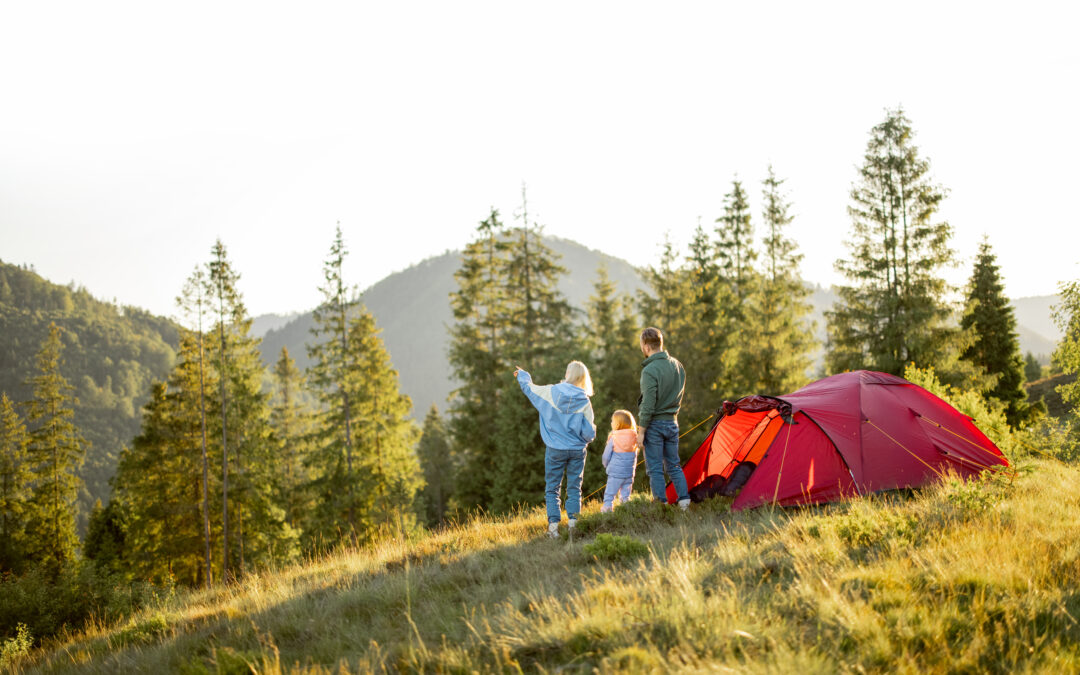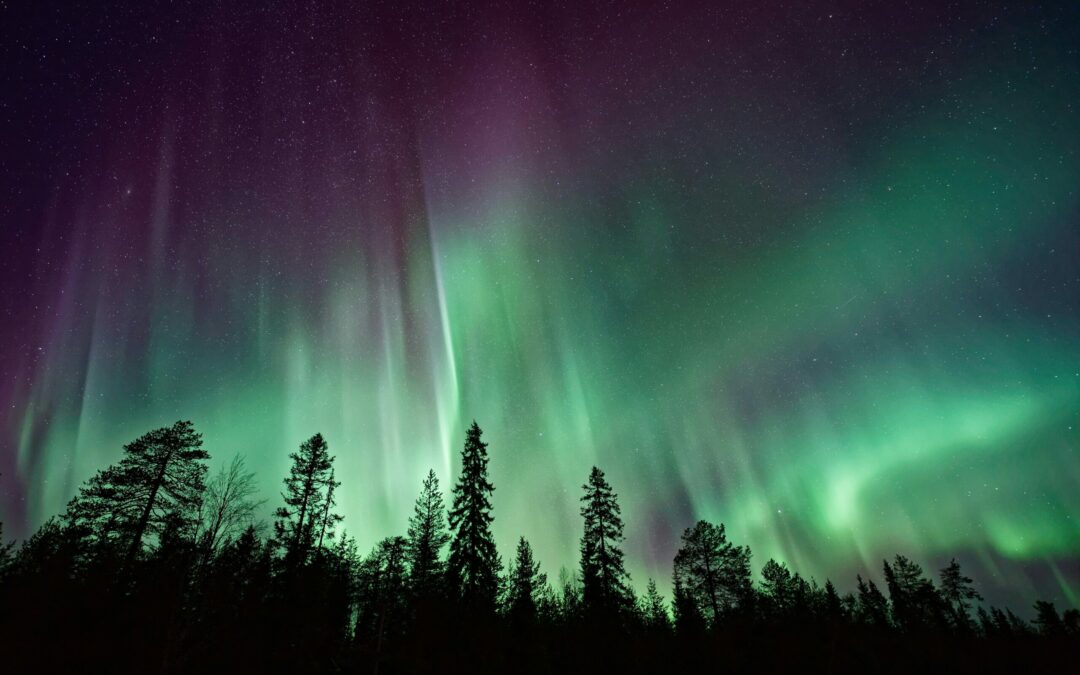image source Sometimes, everyone from mom and dad to the littlest kids, needs a nice vacation from everyday life. Are you a family that feels like they need a break? Then it’s time to grab your loved ones and have a restorative...

“Hello!” I call, my voice echoing across the still lake. I wave to the canoe a few hundred meters ahead and dig my paddle into the water, hoping to catch them. It’s been nearly a decade since I’ve been on a canoe trip, and this is my first solo adventure. How hard could reading the map be? I thought to myself before leaving, it’s not a very big lake.
Yet, used to navigating on land and not by water, where each curve in the landscape looks like any ambiguous curve on the map, I’m lost. Even though I’m only a few kilometers away from the boat launch, I have no cell reception to check my GPS. This is the way in the Canadian wilderness. The remoteness is both beautiful and requires one to come prepared. I catch the other boat and they consult my map, pointing me in the right direction.
“Enjoy your trip!” They wave me off as I keep paddling, my arms sore from lack of use during the worldwide COVID-19 lockdowns. Leaning back in my seat for a rest, I take in the scenery around me. Pine and maple forests surround the black lake, the breeze rocking my canoe back and forth.

Canoeing, especially in Eastern Canada, is a quintessential part of the Canadian wilderness experience. Unlike the mountainous terrain of the West Coast, Ontario is famed for its lakes and forests in the distinctive Canadian Shield.
Grey and reddish rocks hide beneath the trees, marking the unique and familiar landscape. When I reach my stopping point for the day, I climb out of my canoe, sweating ankles soothed in the cool water, and carry my boat up onto my campsite. The terrain is spacious for one person, enough to set up for or five tents and lots of backcountry to explore without having to leave my site.
I pitch my tent, listening to the lapping of the water against the rocks, and then go for an evening swim.
The beauty of the backcountry is that I feel like I have the whole lake to myself. Reservations can be made on the Ontario Parks or Parks Canada website (depending on which park you’re visiting), and are made for any of the sites on a specific lake rather than for the site itself. Part of the joy of the paddle is getting to check out the different sites on each lake and see which one feels like home or try to beat the dark to find the last remaining site at the end of a long day—it all depends on how many times you get lost.
After my swim, I build a fire to cook dinner. It’s refreshing to hear only the sounds of the water, the swaying trees, the fire and the cooing birds rather than traffic, my phone or the television. After so much time spent in lockdown in front of a screen, it’s refreshing to be in the natural world.
It also feels good for my body, having spent way too many hours sitting inside, only going out for short walks or short workouts. Paddling all day and then swimming in the lake leaves my arms feeling sore but my skin tingling with invigoration.

As the stars poke out of the sky, the most anticipated part of the trip is just getting started—hanging my food barrel.
While I’m used to hiking through Scotland, Spain or New Zealand where the wildlife is fairly tame, in Canada, bears, squirrels, raccoons, coyotes and beavers are not shy about sneaking into your food supply when you’re not looking—threatening to cut your trip short.
Tossing the barrel over the tree, I smile as it glints in the moonlight; surprising myself I got it set up so quickly.
I sit by the dying embers of the fire, taking in the stars, and then head to my tent for the night.
Inexperienced paddlers (or those looking to go solo for the first time) can find options for “paddle-in” sites. This means, you won’t have to do a portage (where you carry all your gear over land) but can reach your site by water alone. More experienced canoeists can plan a multi-day route in Canada’s Algonquin, Killarney, Kawartha Lakes, Frontenac, Pukaskwa or other parks with a big backcountry area.

If you’re not from the area, keep in mind you’re going into the real wilds here. You’ll want to prepare for animal safety, weather safety and water safety. You’ll also want to make sure you respect the rules of the park, bring out your garbage and leave no more than the ripples of your paddle trailing in the water behind you.
Luckily, across the province and the country there are many tour operators who can help you get started on planning a canoe trip. For planning trips in Ontario, I recommend Algonquin Outfitters, and for planning your first solo trip, Camper Christina.
A night in the Canadian wilds—like my Algonquin park journey was for me—might just be the highlight of your Canadian adventure.

image source Sometimes, everyone from mom and dad to the littlest kids, needs a nice vacation from everyday life. Are you a family that feels like they need a break? Then it’s time to grab your loved ones and have a restorative...

When it comes to travel these days, the sky isn’t just the limit– it’s the goal. Travelers are venturing far and wide for prime viewing of eclipses, meteor showers, and the northern lights. A travel trend referred to as astro tourism, planning a vacation around the...

The pandemic brought several changes to the travel industry—one trend has linked traveling with well-being, giving rise to wellness tourism. Although not a new concept, it gained tremendous popularity after the pandemic as people seek unconventional ways to care for...